Chris Parkin is so taken by the beautifully intricate functions, simple controls, and precision engineering of this rifle that he can’t quite believe the price. Can he find any fault with this Strasser creation?
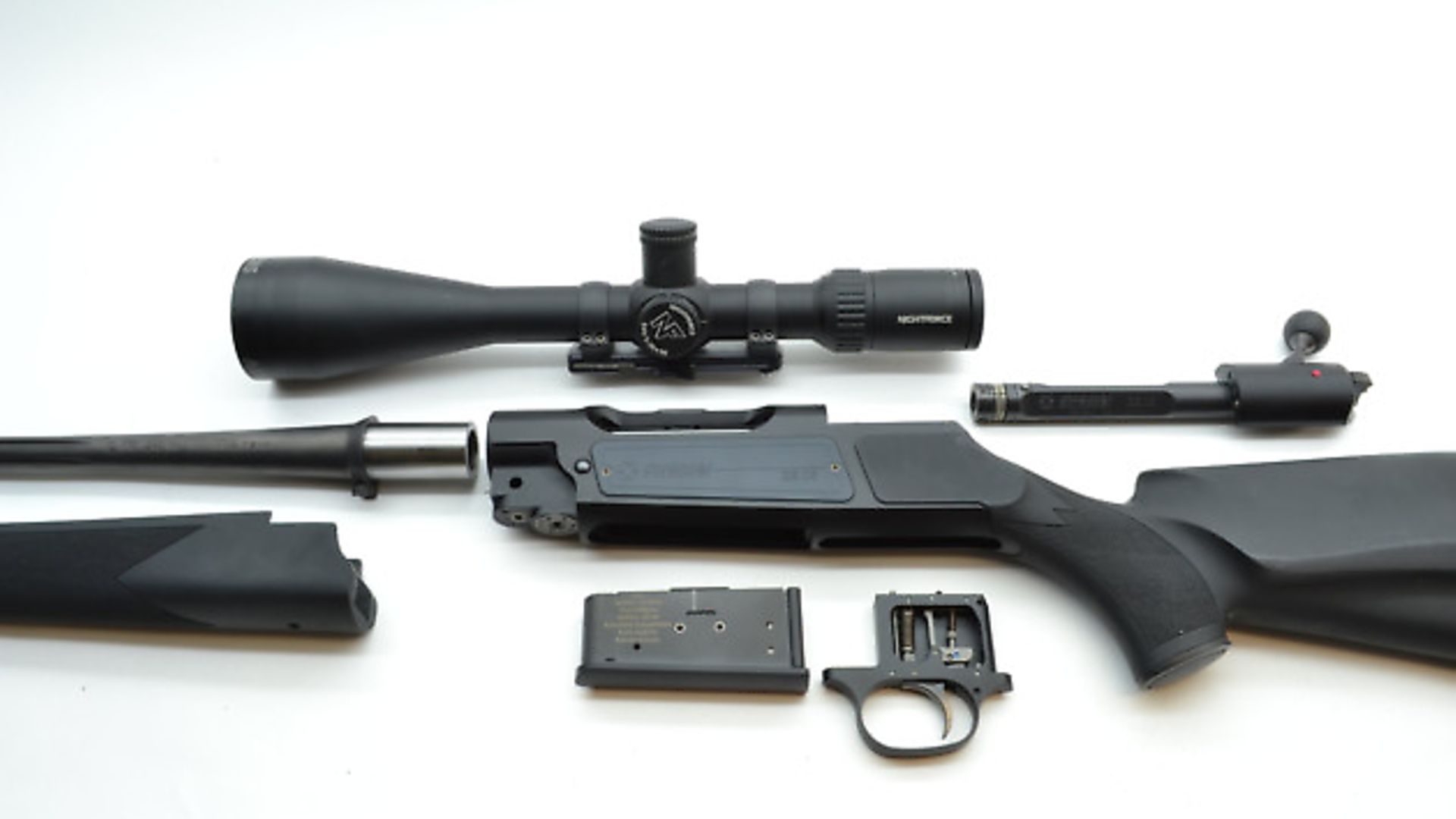 credit: Archant
credit: Archant
Likes:
Innovative design with stunning application of steel and aluminium
Very fast barrel change without extra tools
The trigger is superb and not too light
True return to zero from the scope mounts
Long stock suits taller shooters
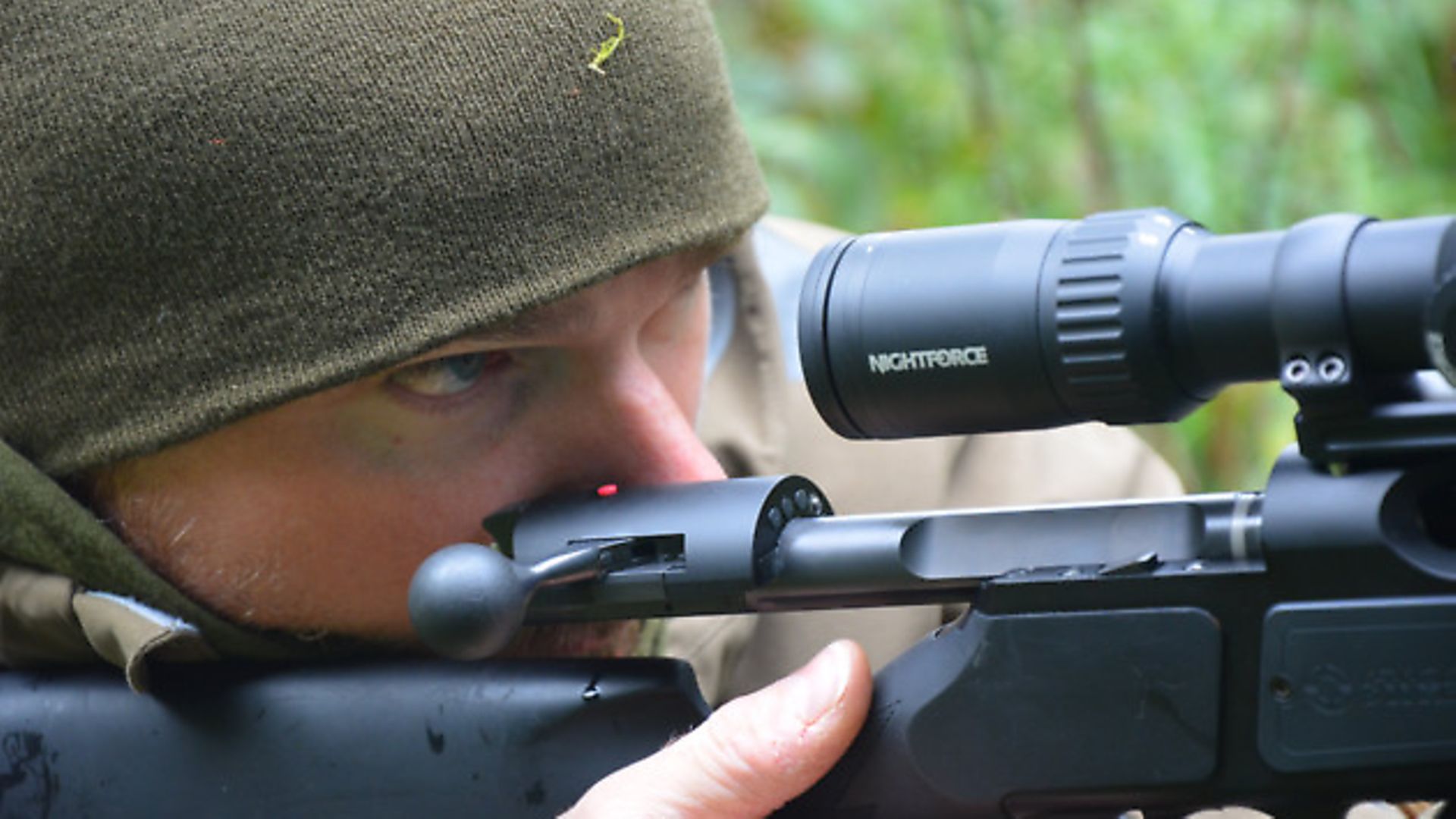 credit: Archant
credit: Archant
Dislikes:
Quite heavy for a Sporter
No forend stud for a bipod as standard, although one could easily be added
Long bolt travel is the only real drawback with large bolt shroud
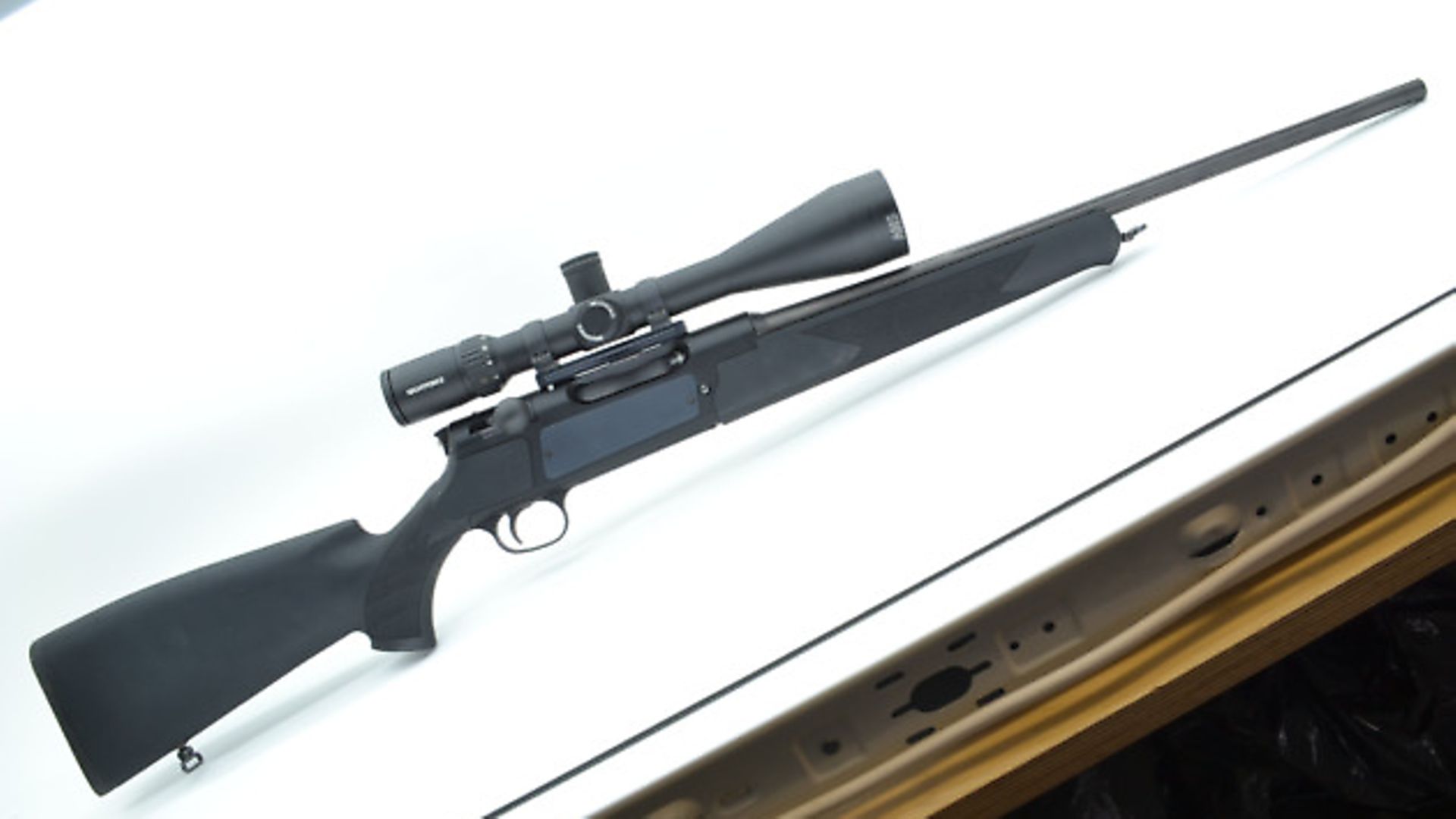 credit: Archant
credit: Archant
Verdict:
Not only was this gun full of innovation and mechanical surprises, it worked faultlessly, shot accurately and was a precision delight. I’m left with the thought that this gun was made for the love of engineering and not for profit. The value is stunning for an item so special, with no caveats or missing features. It was designed by truly thinking outside of the box, yet is brilliantly executed. It looks complicated yet is actually so simple to operate. I found myself really drawn to the Strasser. I admire it as a shooter and an engineer, it is a gem.
Frankly, the price is just ridiculous, and I’m going to check one more time that I have read it correctly.
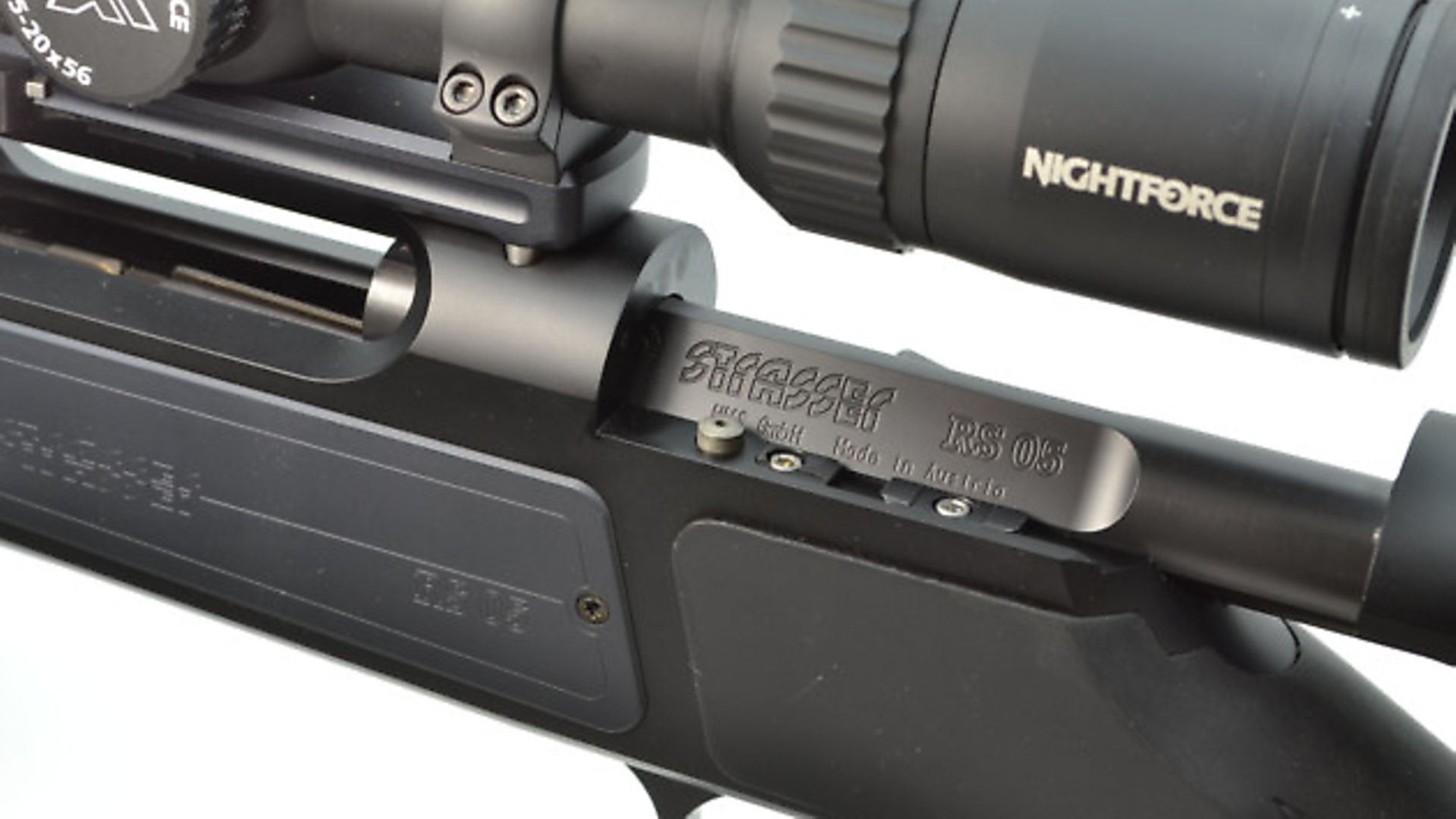 credit: Archant
credit: Archant
Specifications:
Calibre: .243 Win (extensive calibre options available with small case 223 as well)
Capacity: 3+1
Trigger: Single stage 800-2500gr with single set also fitted at 100gr
Barrel: 22” Fluted
Rate of twist: 1 in 10”
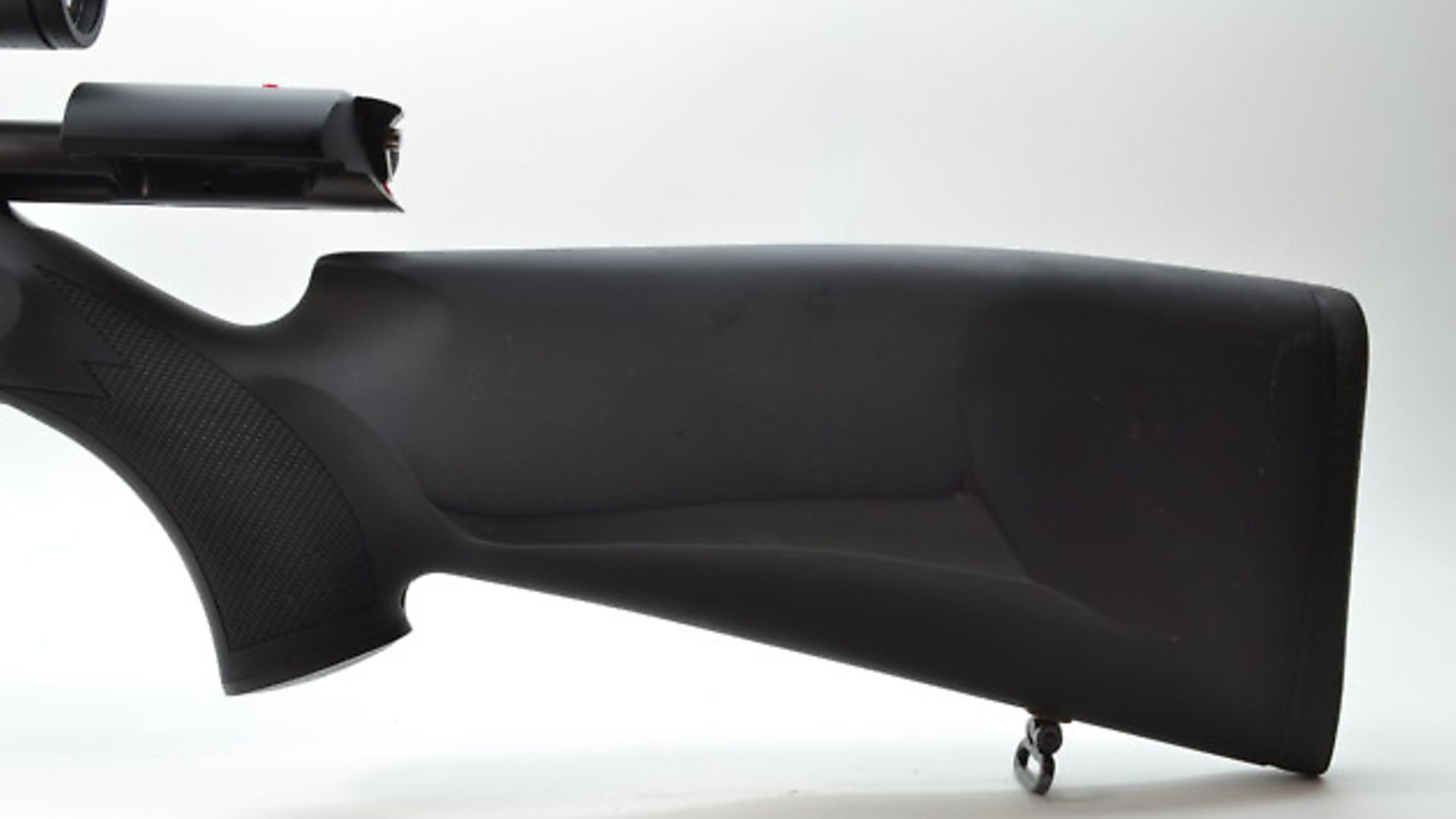 credit: Archant
credit: Archant
Length: 1090mm/43”
Length of Pull: 368mm/14.5”
Weight: 3.6kg/8.1lbs
Scope Mounting: Strasser ball mount ONLY
Stock: Polymer but Walnut also available
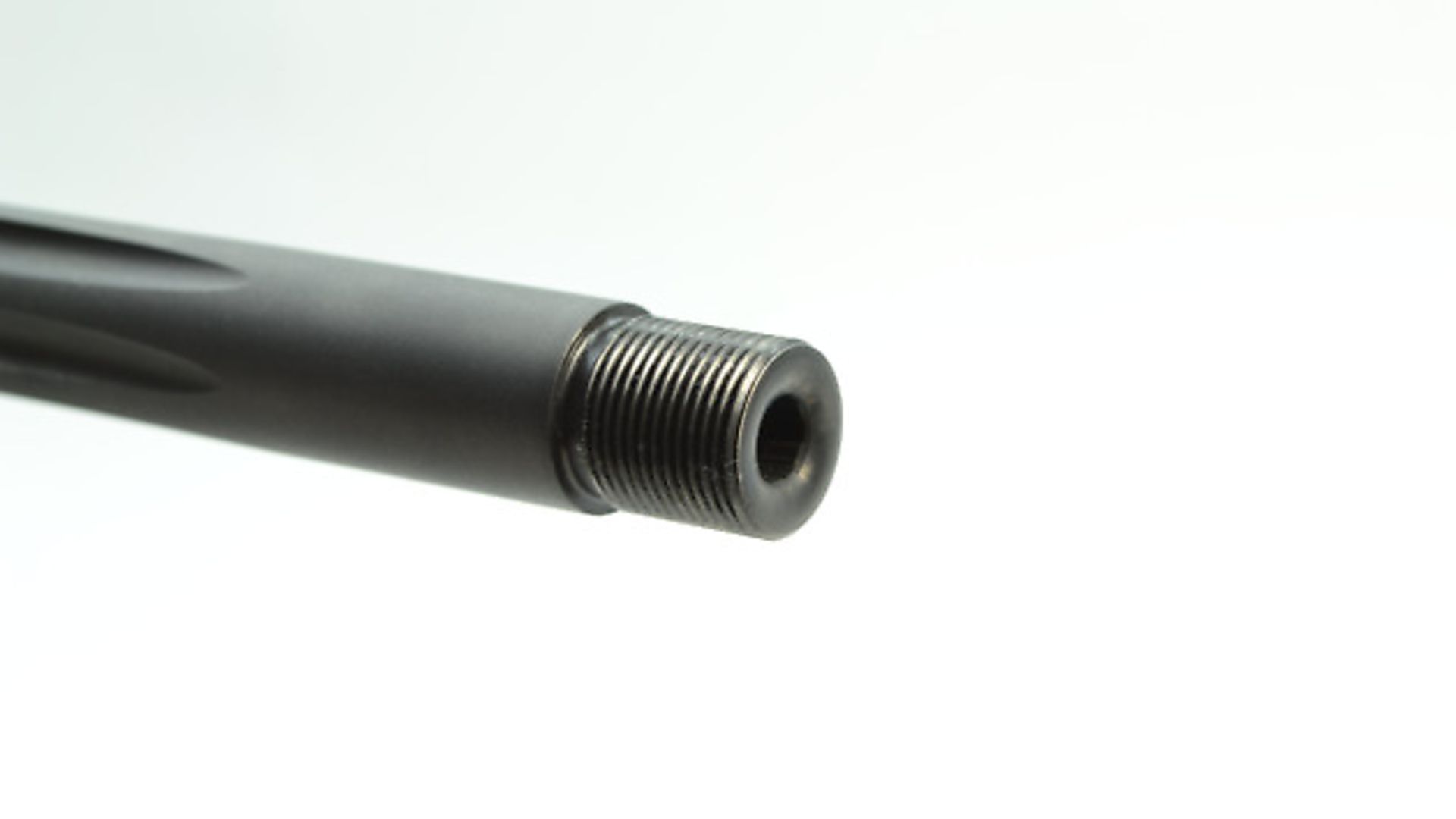 credit: Archant
credit: Archant
Recommended retail price: £2,123.99
Nightforce SHV 5-20x56: £1,187.99
Strasser Ball Seat mount for 30mm rings: £265.99
Sportsman Gun Centre
Contact: 01392 354854
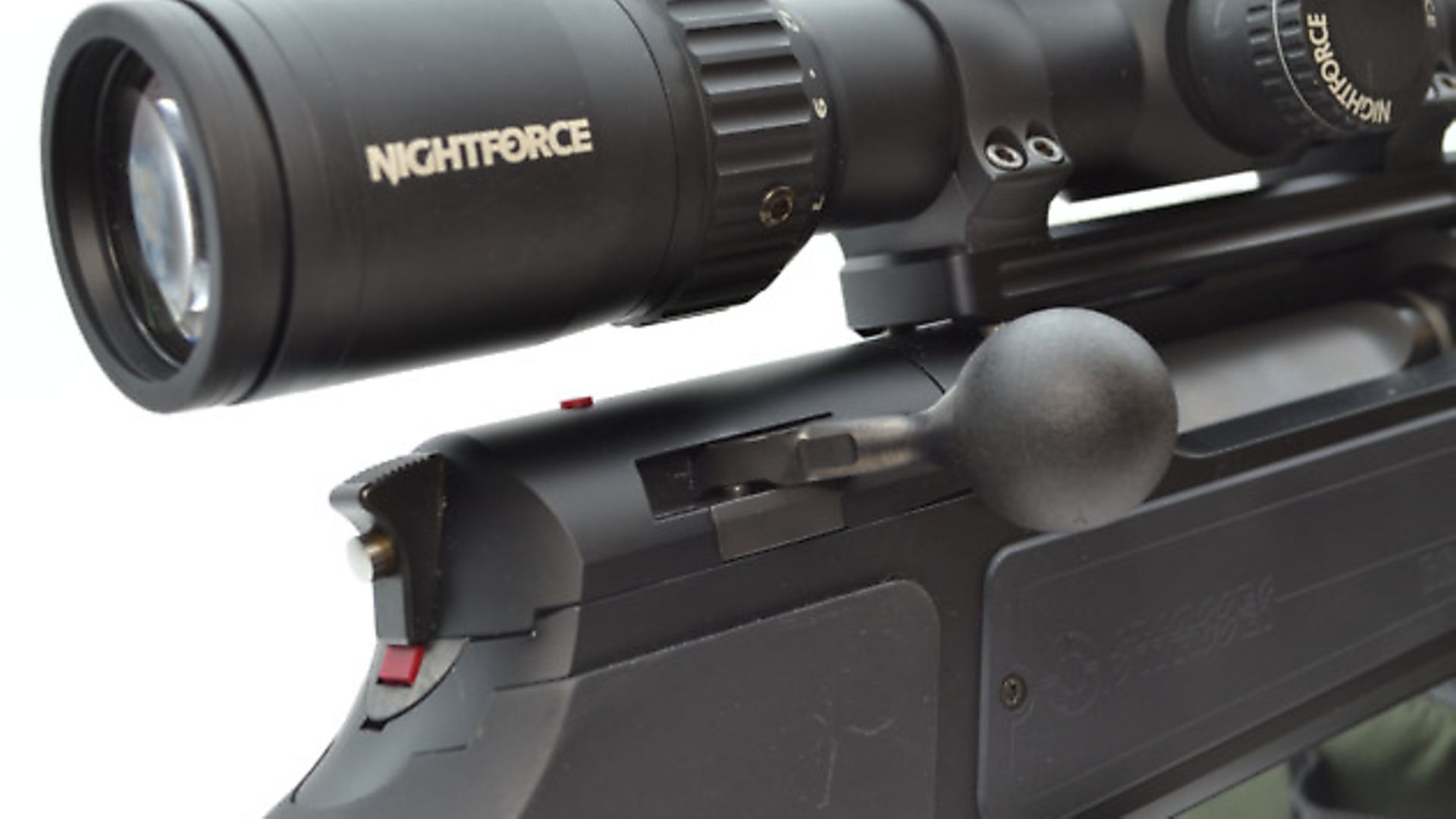 credit: Archant
credit: Archant
Also used:
Lapua 90 FMJ and 100gr Soft Point ammunition
Viking Arms, 01423 780810
Hornady 100gr Softpoint White Tail Classic ammunition
Edgar Brothers, 01625 613177
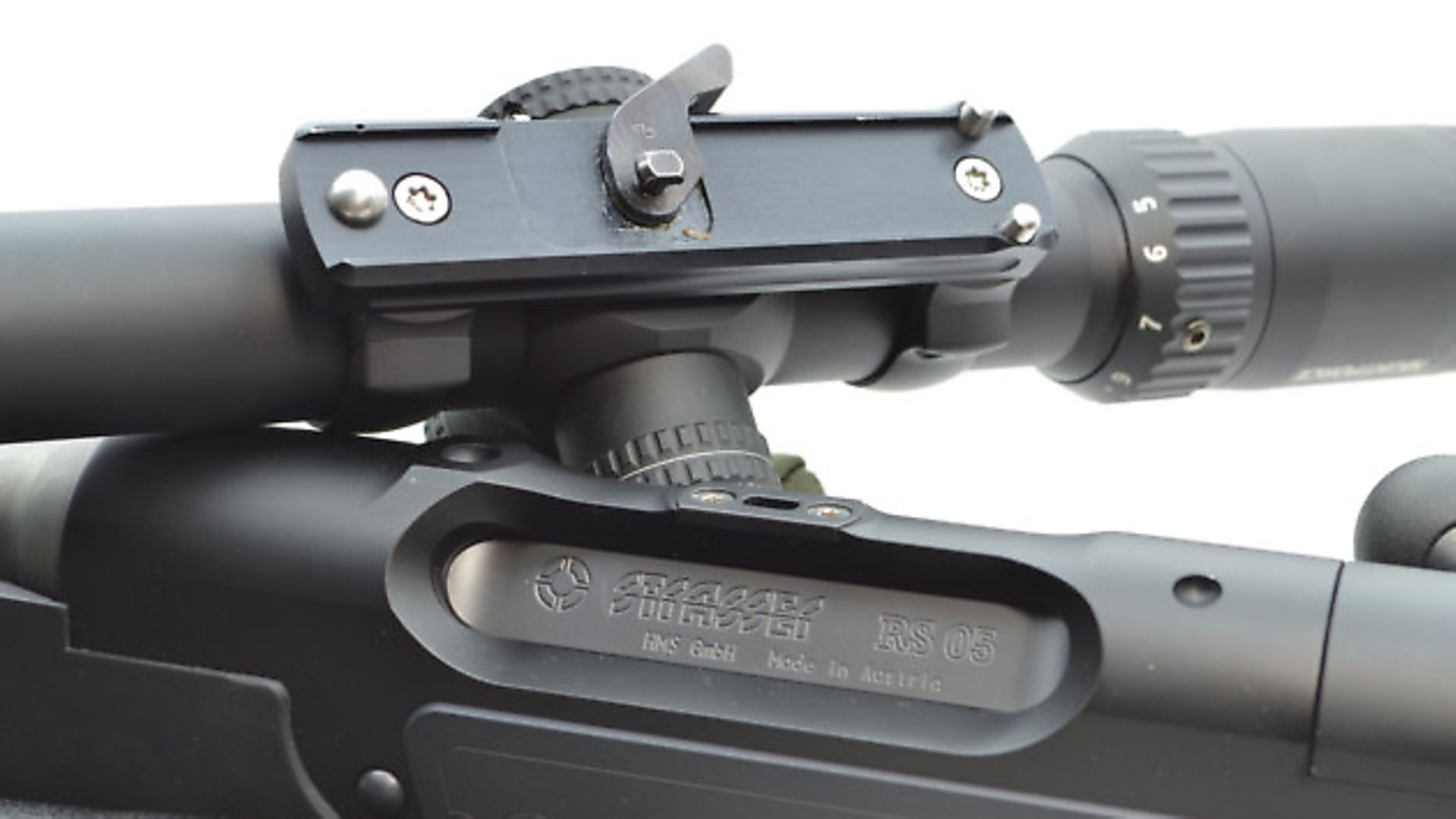 credit: Archant
credit: Archant
Winchester 95gr Extreme Point ammunition,
Browning UK, 01235 514550
Ramshot Powders, Sierra Bullets and PPU ammunition
Henry Krank & Co., 0113 256 9163
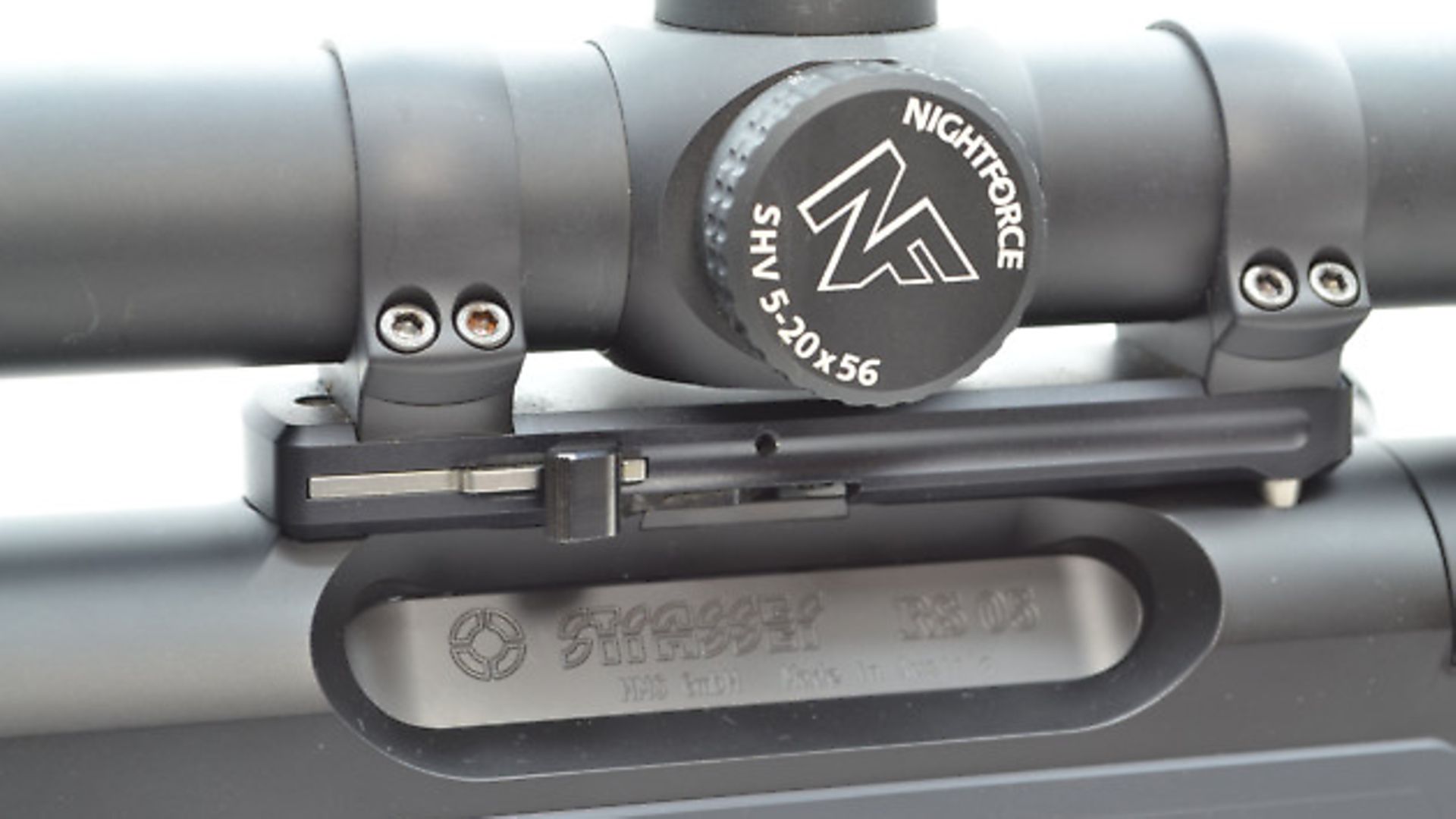 credit: Archant
credit: Archant
Straight-pull rifles are an interesting concept. Although they supposedly offer the fastest rate of fire, many come with compromises, which defeat the fundamental speed of the action.
Strasser is a small Austrian rifle maker that makes guns in the hundreds, rather than thousands, each year. Although seen by some as the poor relation to Blaser, who dominates the market for such rifles, Strasser rifles have interesting personalised character.
Perhaps the key feature that makes a Strasser different to any other rifle is the way the barrel locks into the gun. It is a switch-barrel rifle and, at first, seems slightly confusing given my in-built reluctance for reading instructions.
The barrel is locked into the aluminium action by hydraulic pressure. When slid into the action a cuff surrounds it, which, when tightened or pressurised by a piston, radially locks the steel in place with a full 360-degree ‘hug’. Combined with a bolt head locking directly into the barrel with a similar approach, have we got the first full-circle rifle?
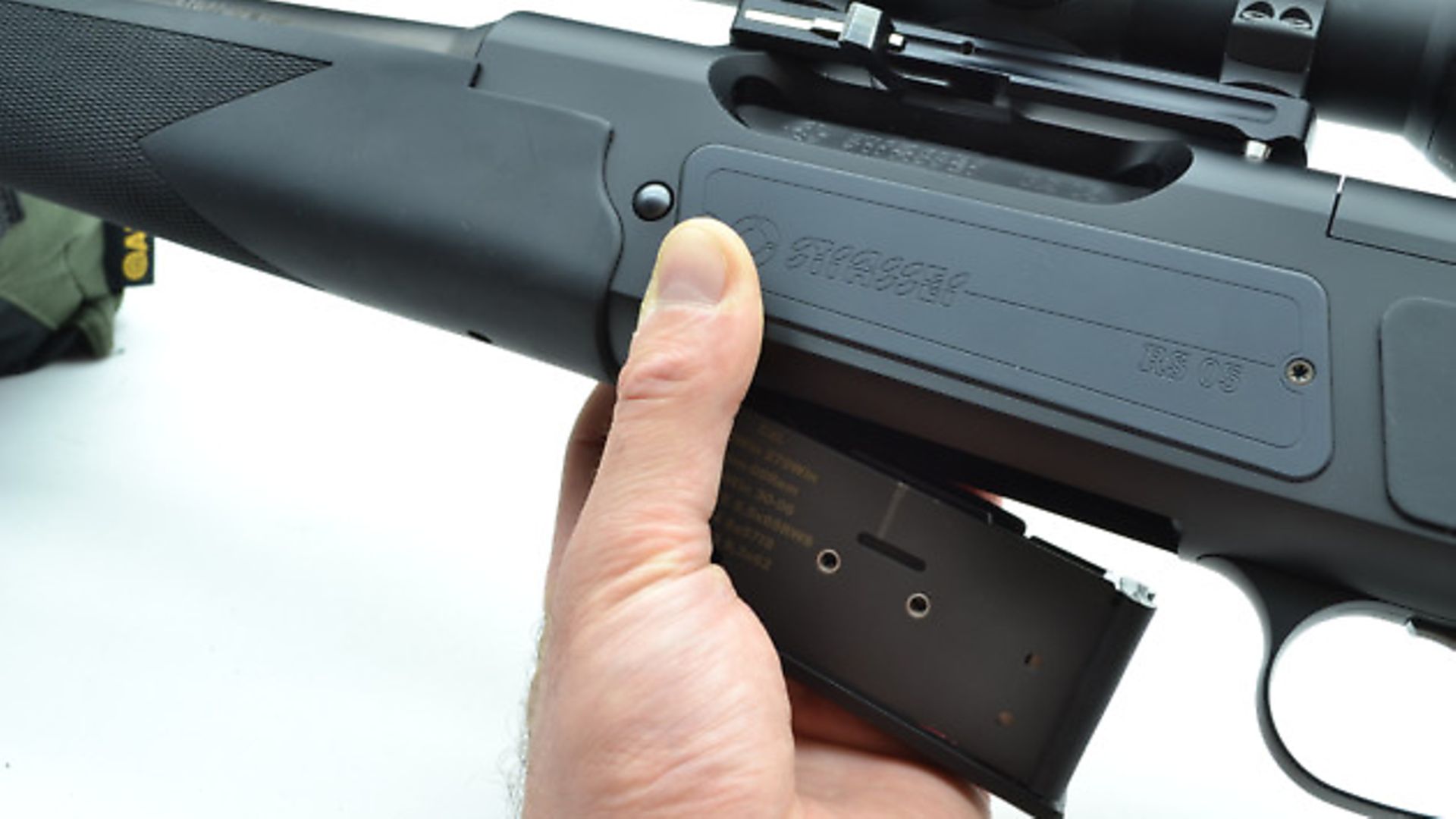 credit: Archant
credit: Archant
This hydraulic system only seems non-intuitive at first because it is so unusual (patents pending), but it soon seems dastardly simple. I find the Strasser a fascinating rifle – it may look complicated but when it is in your hands, it is simple to control and, to an engineering mind like mine, full of the wonderful intricacy that tickles my creativity.
The action around which the rifle is based is machined to a glass-smooth finish from aluminium, and acts as the foundation. The rear stock screws into it via an Allen key bolt, accessible at the base of the pistol grip, and the fore-end similarly, via one Allen bolt on its underside.
Disassembly of the rifle begins by removing the sling swivel in the tip of the Schnabel fore-end, which then removes the fore-end with a twist. Pull this off forwards and you have access to the mythical ‘valve’ (as we shall call it) where a few quick twists with the same tool – a 4mm Allen key – releases pressure on the barrel tenon, which can then be drawn straight out of the action.
The fit is slick and smooth – dare I say perfect? – with only a slim stainless steel pin to align before a collar butts up to the action face, placing the barrel in battery.
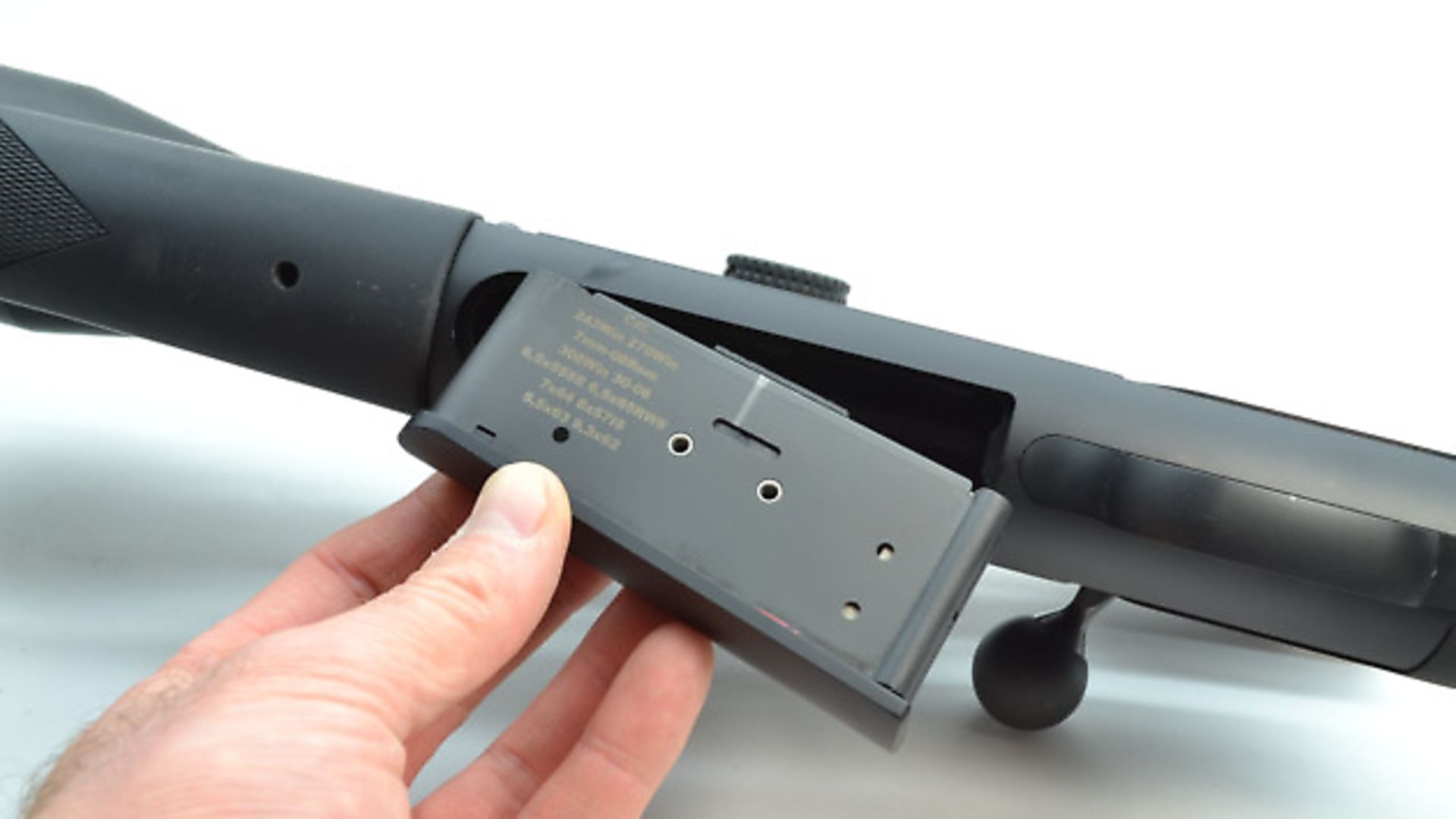 credit: Archant
credit: Archant
Reassembly is the exact reverse, and this can all be done in less than 40 seconds with no need for rushing, brutality or fumbling. For those with an appreciation for mechanical design and precision, it is just wonderful! (I know, I know – I’m a very sad man!)
Strasser’s scope-mounting system is a work of mechanical art. A single-piece mount sits, supported in tripod style, on three stainless steel ball bearing pins within three identical divots on the upper action rail. A single lever (with safety catch) locks a keyed pin into the steel socket in the centre, and you have repeatable return to zero in less than six seconds (yes, I tested it) from scope on to scope off, and then back on again… with one hand.
Bolt release is a push button on the left side of the action, concealed under the bolt’s shroud when closed, like other minimalist sears and lever. The bolt head can be changed for a different calibre grouping. Bolt operation involves the 50mm polymer ball-ended handle being pulled back, through a 45-degree arc, to unlock the circumferential lugs, and this follows on to draw open the action. A ‘fired’ bolt will open straight away, but to safely reload or to open the bolt without having fired the gun, a small pin in the centre of the safety catch needs to be pressed.
Although looking similar to a de-cocker, the safety catch is exactly that, and presses downwards to ‘safe’ the action. The gun can be unloaded on safe, again by pressing the steel button, but this does automatically put the gun into the ‘fire’ position as the bolt disengages and opens.
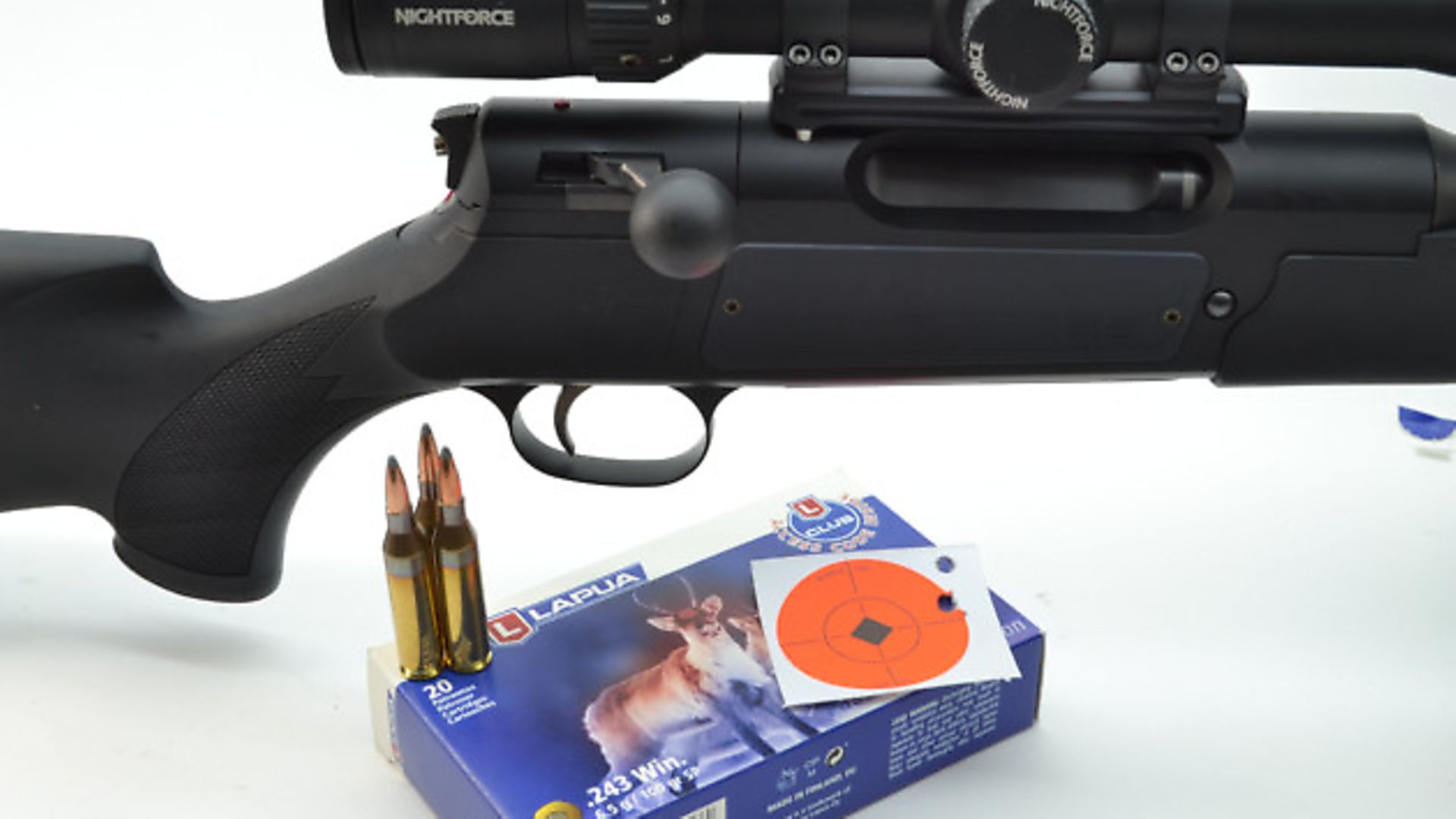 credit: Archant
credit: Archant
When I shot the gun, the brass was all fed and ejected with 100% confidence. A steel magazine slots into the gun with 3+1 capacity in .243, and is perhaps a little too snug a fit. Don’t get me wrong – it is, like everything else, a mechanical delight, but in a rushed situation sometimes a bit of play on the way in helps to funnel the mag into line.
Higher capacity magazines are available in this single-column design. Two convex buttons to either side of the action need to be pressed simultaneously to spring it out into your palm, which, due to the ergonomics of the buttons, has to be directly below the gun. A rather neat idea!
Primary extraction, where the tightly fitting fired case has to be dislodged from the chamber, is performed on the underside of the rear of the bolt. Again, it is hidden below the shroud, where a pin is driven against a steel abutment to pull the case those first critical tenths of a millimetre backwards, before conventional sliding of the fluted bolt shaft takes over. A single extractor claw is enclosed within the bolt face to engage the case rim, with a plunger ejector to flick it out of the action. The action has an open top spanned by a single central rib, meaning ejection can be either to the left or right depending on your specified bolt, because Strasser offer true left-handed rifles as well.
A trigger that breaks crisply is far more impressive to me than one that is just light, and yet again, the Strasser delivers. I have to admit that the Blaser trigger is so good I was forced to use new superlatives for it, and the Strasser is very close on its heels with adjustable pull weights from 800 to 2,500g in three settings.
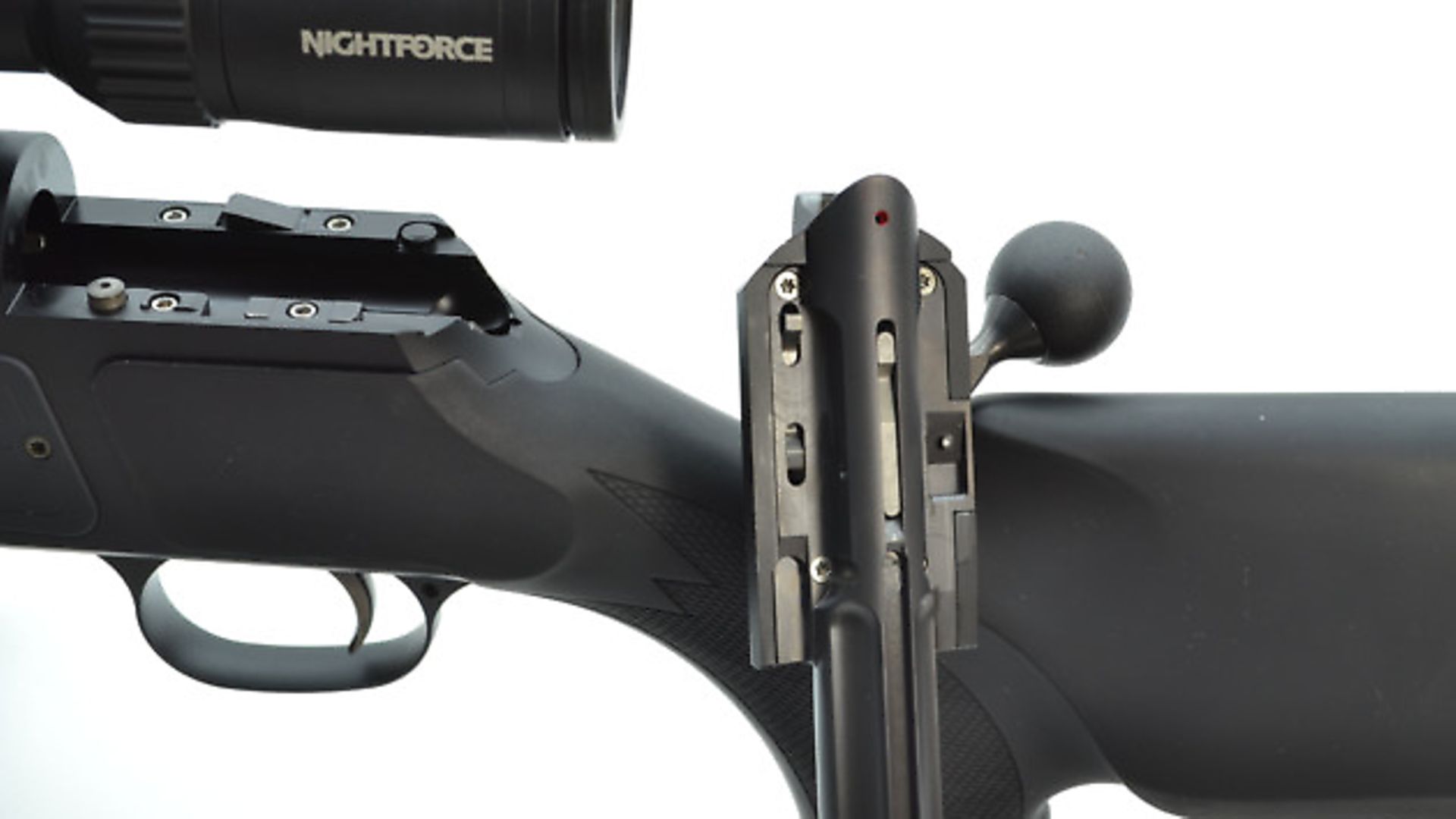 credit: Archant
credit: Archant
A single-set feature is incorporated with a 100g activation weight, and although I’m no fan of set triggers myself, this one is good. It is easy to judge, and you can actually lay the tip of your finger onto it before it virtually negligently discharges, like some seem to do. The trigger group will drop out like that of a shotgun and is easy to adjust, needing only delicate fingertips to lift a sprung collar, before sliding said locator to either of the other two positions and clicking the unit back up into place (no differently to a magazine). I would call this trigger 99% perfect on a sporting rifle – heavy enough to be shot with gloves on, light enough to work well for precision shooting, and all adjustable without tools.
Shooting the rifle held no great surprises in terms of performance, but illustrated subtle characteristics of the design. The action is incredibly slick and just got slicker as time went by.
The machining standards and clearances employed within the gun’s action were, frankly, perfect. I predicted it might be a bit too precise – a comment often applied to some German/Austrian rifles where dust and debris can cause problems – but there are no real voids within the gun to accumulate dirt and, with the trigger unit dropping completely free, it’s easy to inspect and clean.
Similarly, being able to strip the barrel out easily, dismantle the bolt head and have easy access below the bolt shroud gave no ‘dead ground’ for problems to remain hidden.
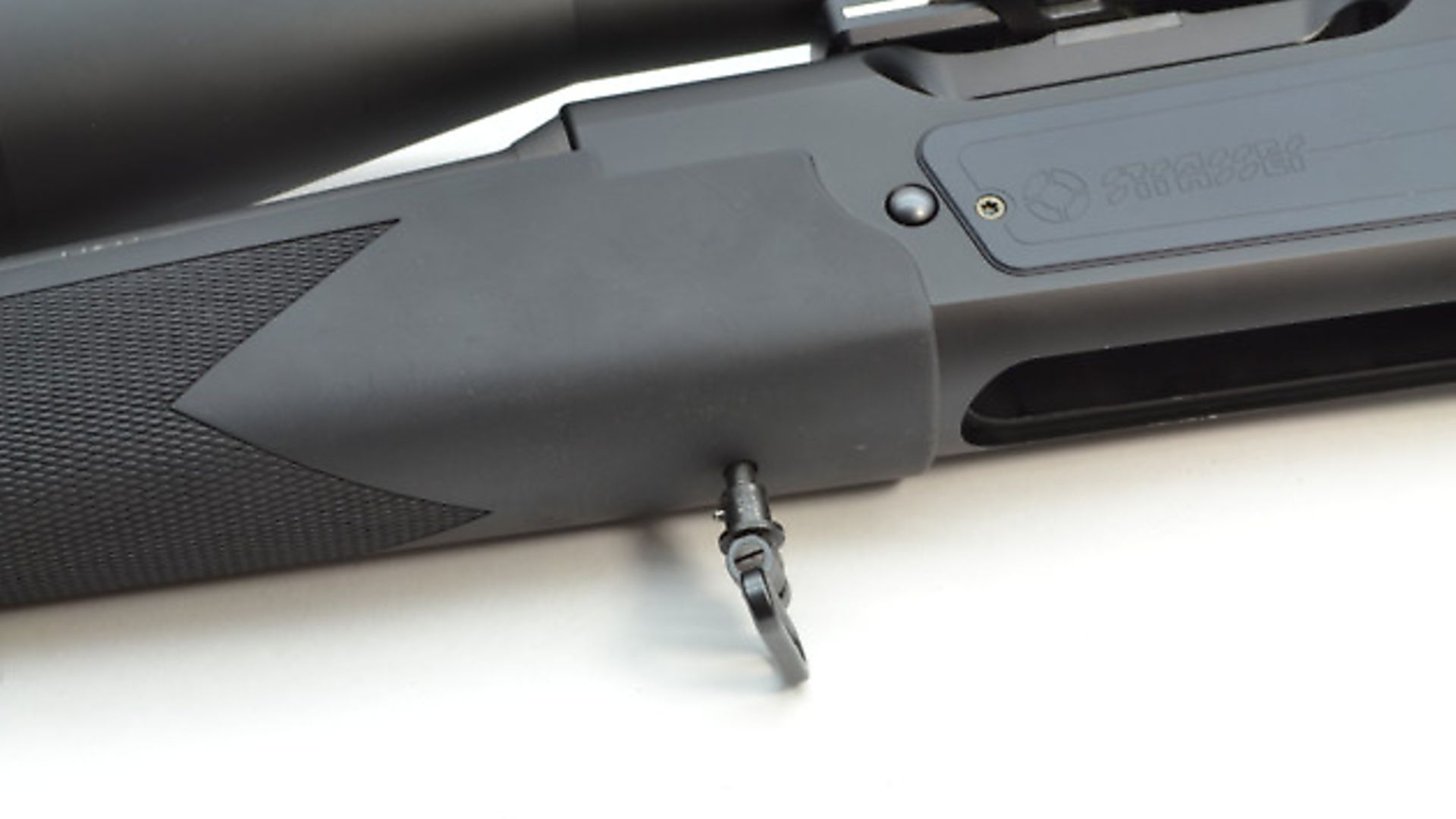 credit: Archant
credit: Archant
On the downside, the lack of a fore-end stud prevented bipod use. Still, when removed, there is no reason one cannot be drilled and fitted into the stiff stock fore-end, which allows the barrel to freely float from any shooting position.
I shot the rifle un-moderated, but the 14x1 thread cut around the sharply radiused crown was excellent. This was a nicely finished synthetic stock with neat chequering and great grip in use. The slightly soft-touch finish aided noise deadening and was easy to wipe clean of all but cloth dust. I did notice a few tiny rusty spots on some ancillary metal components, namely the fore-end sling pocket and scope-mounting bolts, so perhaps a little attention should be paid here, though it’s hardly a problem.
The gun carries well with no sharp surfaces protruding and the bolt handle being minimal. The stock picked up a few light handling marks but nothing that wouldn’t wipe off. Similarly, the blacked steel (coating unknown but looks suspiciously like CVD or ceramic) and matt black hard anodised aluminium stood up well, but I try hard not to carelessly drop or damage guns regardless of durability when on test. The sling swivels, which double as tools, twist out for use and do require you to press them in as you turn to avoid accidental failures. Neat little touches.
The .243 is steady to shoot and recoil is well controlled by good stock ergonomics. The semi Monte-Carlo cheekpiece on a slightly ‘hog-backed’ stock looked a little low initially. The comb is slim and well fitting, yet the cheekpiece is quite broad and, although it doesn’t nestle under your cheekbone to lift the head, it does provide an anchor point, seemingly more for the jaw. This is fine on .243 but I suspect on a heavier calibre it might be a little more intrusive. It is, after all, a hunting rifle, and unlikely to be shot for more than a few rounds in a day, so perhaps this approach is well suited as it is comfortable for both standing and seated shots, as well as prone.
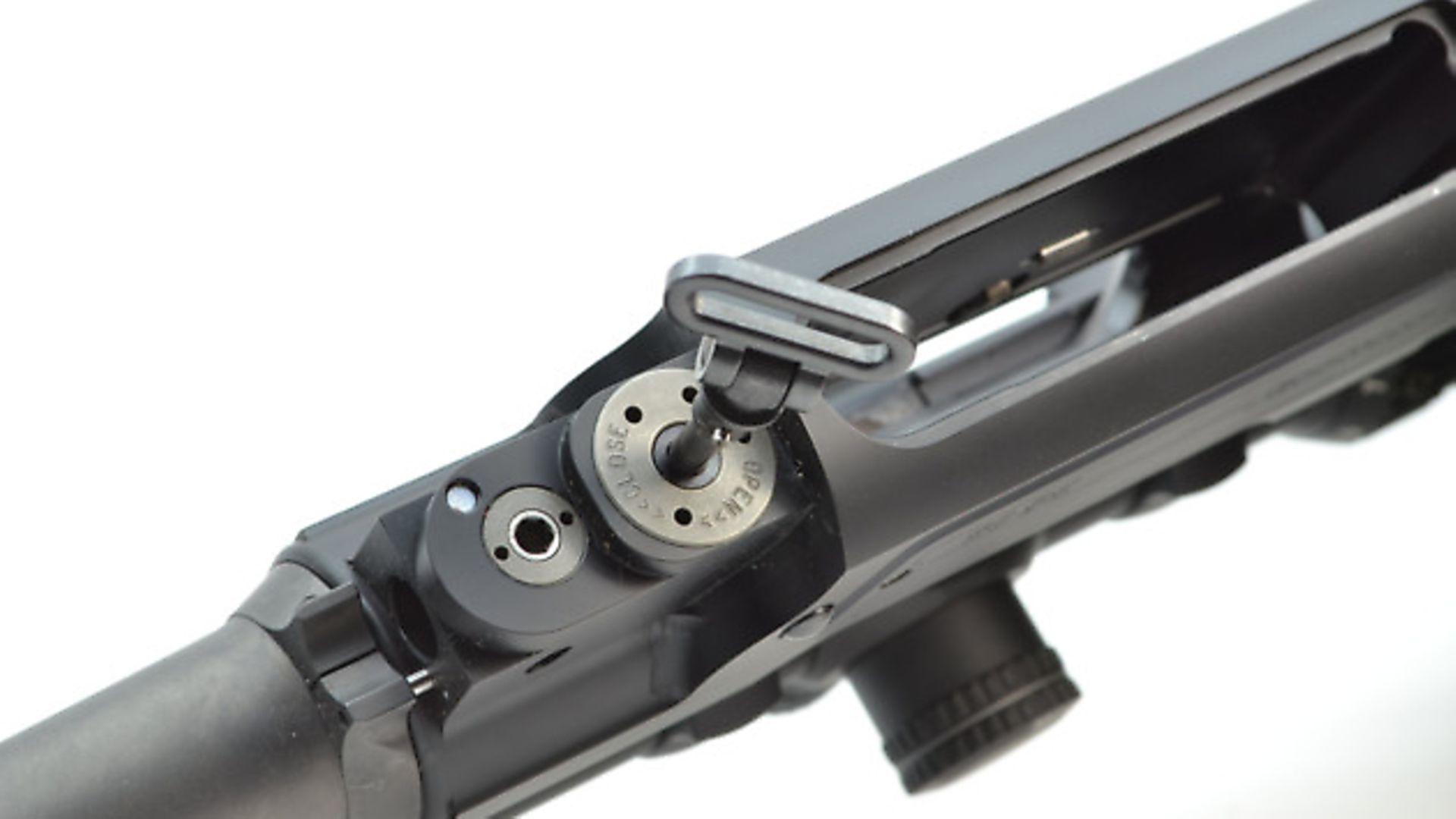 credit: Archant
credit: Archant
Handling-wise, the balance was very neutral with the weight very central. It is quite a beefy gun at 8.1lbs without a scope or mounts, but this does help deaden recoil. Length of pull was full size at 14.5”, with the gun coming to the shoulder well. The rubber butt pad is firm across the whole surface but well textured to slide easily onto the shoulder when mounting, and yet remain stuck in place when you don’t want it to dive into your armpit during recoil. It is also quite thin at 1/2”/12.7mm, so even if replaced, this will never be a small gun.
I ran a selection of ammunition through the gun with all varieties hovering around a 1.25”/30mm three-round group at 100m. Given that the gun aimed so well, recoiled so straight, and was a pleasure to shoot, I was a little disappointed but, as always, finding the right ammunition showed the gun’s full capability.
Lapua soft-point 100gr ammunition delivered an average of 902mps/2,959fps for 1,944ft/lbs, and was most adequately deer legal with 22” of Strasser barrel well rewarded. The three-round groups were tantalisingly close to the magic 0.5”/12.7mm ‘accurate gun’ benchmark, and I would feel confident hunting with this gun.
These numbers are fairly warm for a .243, but the spent brass showed no worrisome pressure marks and extracted easily without undue effort. No lighter weight foxing ammo was available to me at the time, and I would have dearly loved to have tried some, but a .243 with a 10” twist rate in the tube that will shoot 100 grainers well is pretty certain with 75s. Single rounds, dropped on top of the magazine via the ejection port, happily loaded straight into the chamber for extra follow-up shots. You could almost operate the gun fast-fire with a thumb to the rear of the bolt simply sliding it home, as minimal velocity seemed acceptable to allow the bolt to almost self close, and this was in fact more acceptable than using the stubby handle.
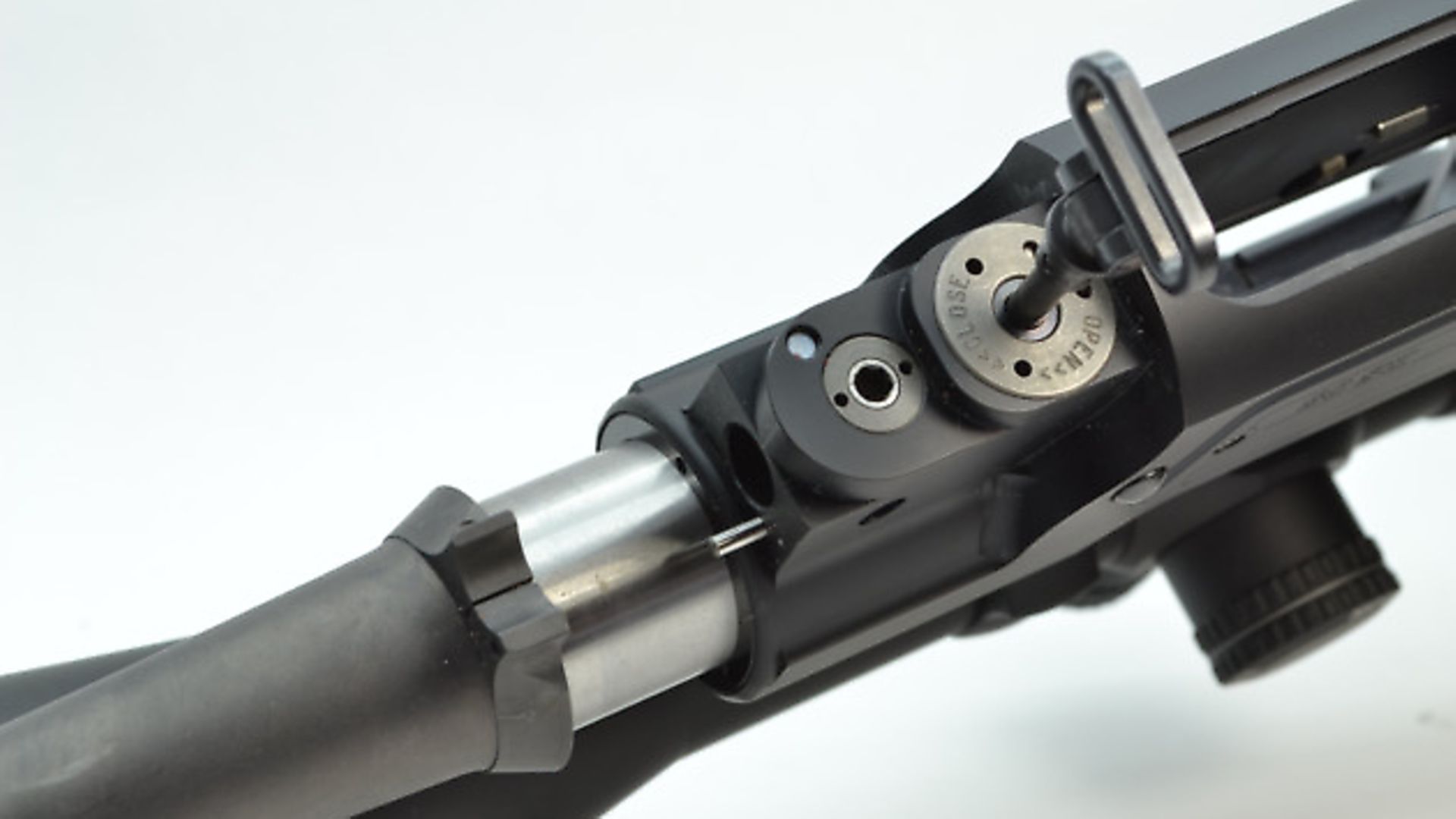 credit: Archant
credit: Archant
It was quiet in use but, if closed too slowly, the bolt needed a deliberate shove to close that final fraction – but I’m really being picky to note that down, as a single steady or fast stroke always worked without any hang ups at all. Perhaps the magazine was a little too snug in its well and the bipod stud was lacking, but I was left a little dumbfounded by just how good this gun was, and I honestly checked the price three times.
My only – and I mean only – real critique of the gun was its long action length. A length of 118mm is fine for long cases like a 7x64, but excessive with .243s and .308s. I’d be interested to see how Strasser handles the .223 family. The bolt shroud, although sleek, is quite wide and will hit you on the nose if you remain welded down tight onto the stock, which when shooting prone at longer ranges is very advisable.
Retaining good post-shot position in the fractions of a second after the bullet is released is a good way to spot your impact, and to regain sight of the quarry as quickly as possible to ascertain if a follow-up shot is required. These habits need building into muscle memory. ‘Follow through’ is the common phrase, although I despise the term, and having to consciously lift your head to reload is something I would rather not do.
I would definitely say this is a gun for the larger shooter. I’m 5’ 11” and it’s as big as I’d want to go, but with so many gunmakers, especially those targeting the US market, bringing junior-sized guns to the market, this is definitely a longer, heavier, slower gun for those who want a bit more meat from a rifle. Humans aren’t all the same size, so why should rifles be?
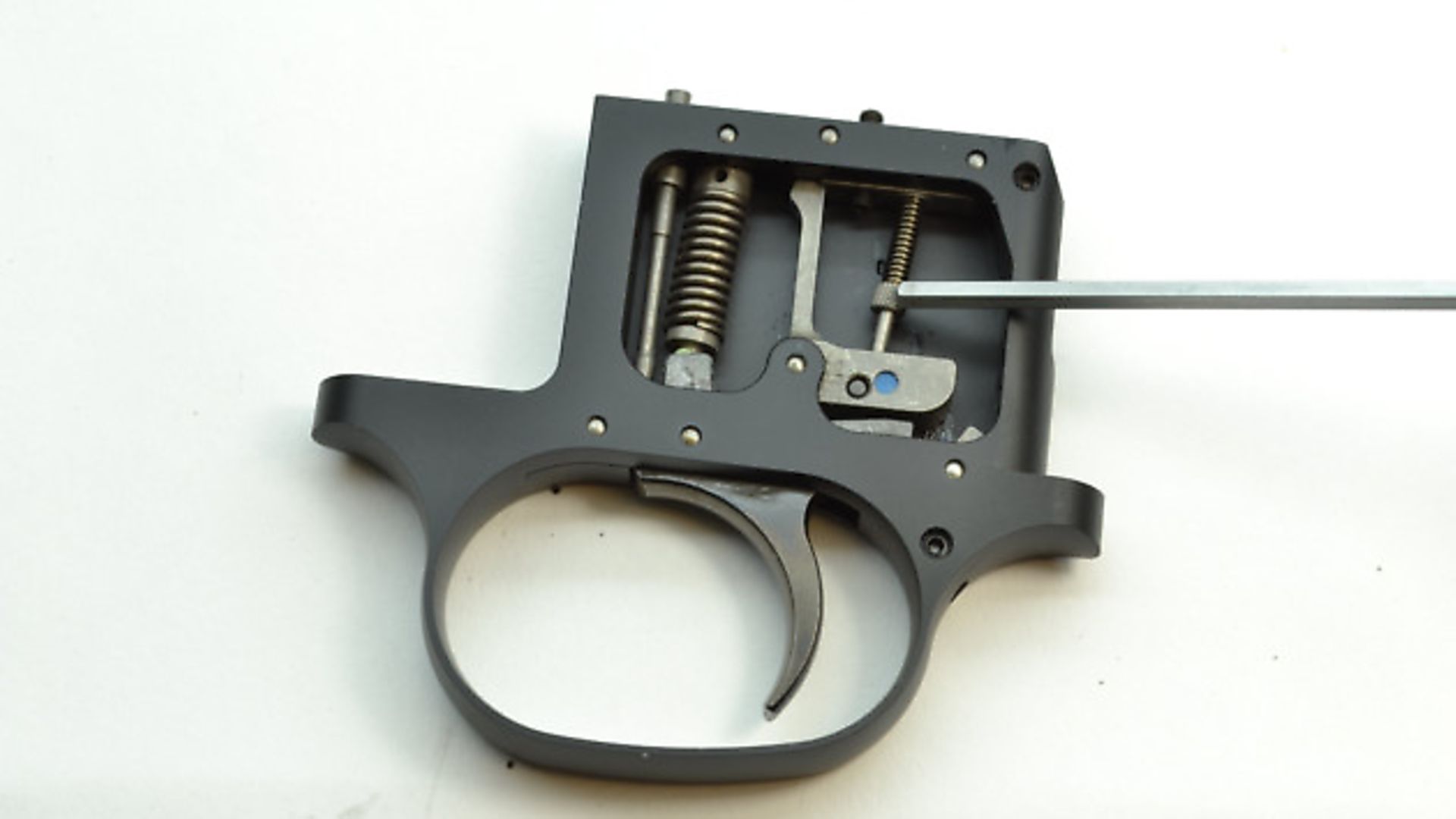 credit: Archant
credit: Archant
___________________
More rifle reviews:
Cogswell & Harrison Certus in .308 Winchester
Browning Maral in .30-06
Ruger Precision Rifle in .243 Winchester